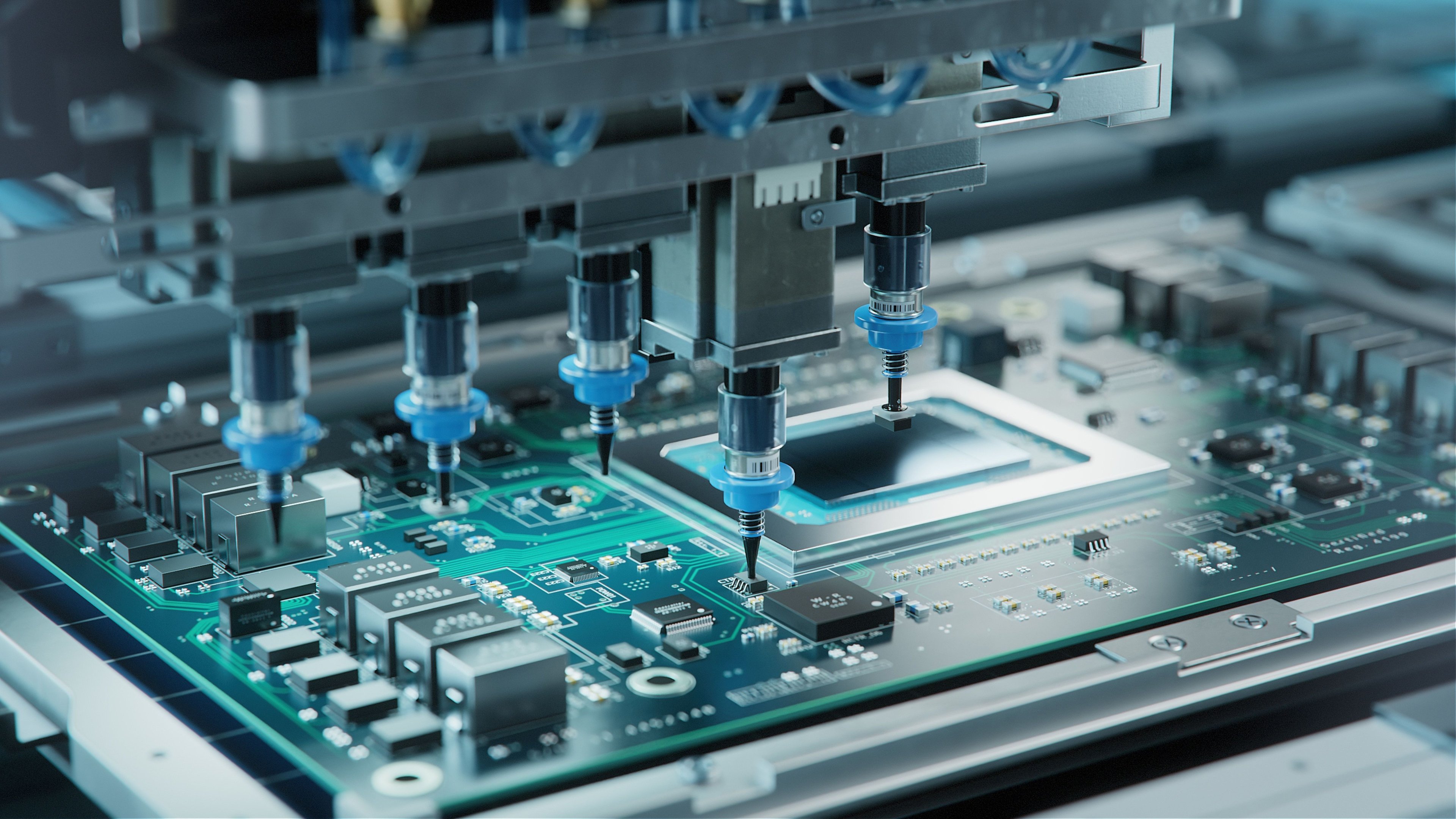Shares of Cirrus Logic (CRUS 2.72%) recently surged to an all-time high after the audio chipmaker posted strong second-quarter numbers on Oct. 30. Cirrus' revenue rose 6% annually to $388.9 million, beating estimates by $68.5 million.
Its GAAP net income grew 31% to $76.2 million, or $1.27 per share. On a non-GAAP basis, which excludes stock-based compensation expenses and other one-time charges, its net income rose 39% to $93.2 million, or $1.55 per share, which beat expectations by $0.61.
Cirrus expects its fourth-quarter revenue to rise 6% annually at the midpoint, compared to the consensus forecast for 4% growth. It didn't provide any profit guidance, but analysts expect its non-GAAP earnings to rise 24%. Those numbers are solid, but do they indicate that Cirrus still has room to run after more than doubling this year? Let's dig deeper to find out.

Image source: Getty Images.
Understanding Cirrus' business
Cirrus generated 90% of its sales from chips for portable products -- like smartphones, laptops, and personal audio devices -- during the quarter. The rest came from chips for non-portable devices and other products. Its portable chip sales rose 7%, while its non-portable chip sales declined 6%.
Cirrus is still heavily dependent on Apple (AAPL 0.83%), which installs its audio chips in most of its hardware devices. Apple accounted for 78% of Cirrus' total revenue in fiscal 2019 (which ended on March 30), while no other single customer accounted for more than 10% of its top line.
That high customer concentration remains a major risk for Cirrus since Apple previously excluded Cirrus' chips from its AirPods and is gradually replacing third-party chips with its own in-house versions. Apple's iPhone sales are also waning due to tougher competition and longer upgrade cycles.
Nonetheless, Cirrus' gross margin expanded 210 basis points sequentially and 300 basis points annually to 53.5%, which easily exceeded the consensus forecast of 51.9%. It expects that figure to stay between 51% and 53% in the third quarter.
Cirrus attributes that expansion to tighter cost controls and higher shipment volumes. It also reduced its investments in slower-growth MEMS (micro-electrical mechanical systems) chips.

Image source: Getty Images.
The tailwinds and headwinds
Cirrus attributed its growth in the second quarter to the higher production of boosted amplifiers' haptic drivers and a new smart codec for smartphones. It noted that it's now serving eight of the top 10 original equipment manufacturers (OEMs) in the market.
During the conference call, CEO Jason Rhode noted that while the smartphone market was still Cirrus' "largest" opportunity, it was "gaining momentum in other applications such as laptops, tablets and digital headsets."
Rhode noted that Cirrus' "backlog is strong," its "outlook looks good going forward," and it had largely "lapped the headwinds" (like weak sales of smartphones) which "masked some of the underlying, really good things that are going on."
Cirrus also allayed concerns about the trade war by stating that the company is still shipping components to Huawei and that it recently scored design wins from other Chinese OEMs. This indicates that Cirrus remains a "best in breed" audio chipmaker that can't be easily displaced by a cheaper Chinese chipmaker, and that the risk of Apple abruptly dumping Cirrus remains extremely low.
The valuations and verdict
Analysts expect Cirrus' revenue to rise 2% this year and 3% next year. They expect its non-GAAP earnings to rise 24% this year and 2% next year. Those growth rates are decent, but they're a tad underwhelming for a stock that trades at 22 times forward earnings.
By comparison, Apple -- which has stronger revenue and earnings growth than Cirrus -- trades at just 17 times forward earnings. Apple also pays a forward yield of 1.2%, while Cirrus doesn't pay a dividend.
Therefore, it arguably makes more sense for investors to simply buy Apple instead of Cirrus. Cirrus' upside potential is limited at these levels, but Apple could still have plenty of room to grow over the long term as it expands its services business and launches new hardware products.







